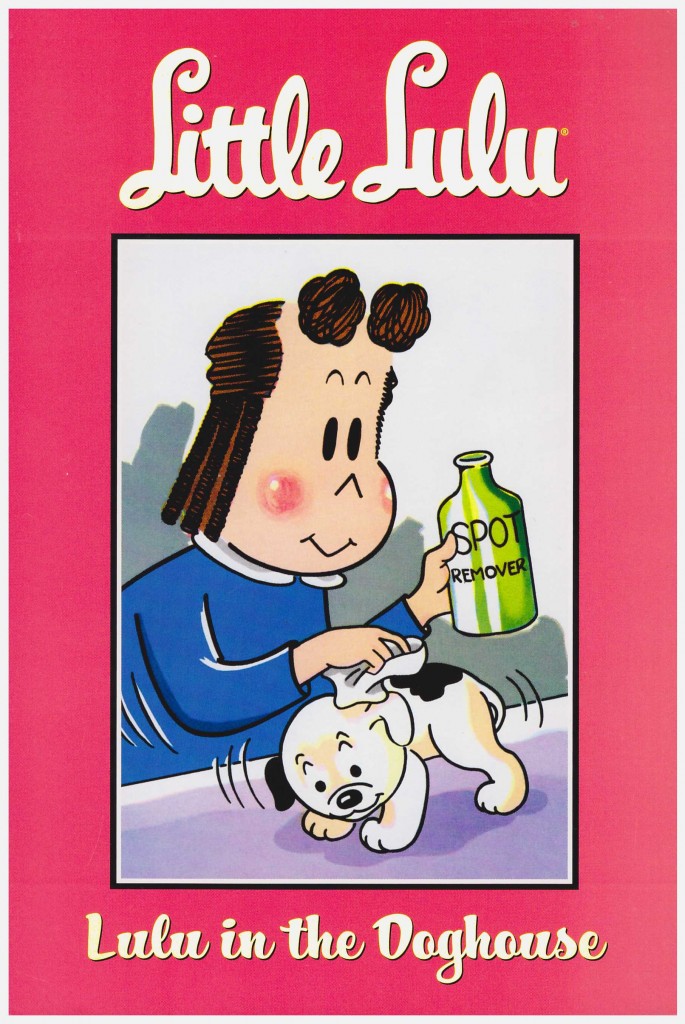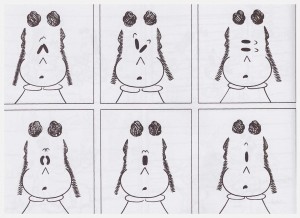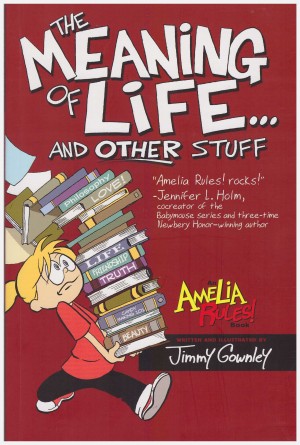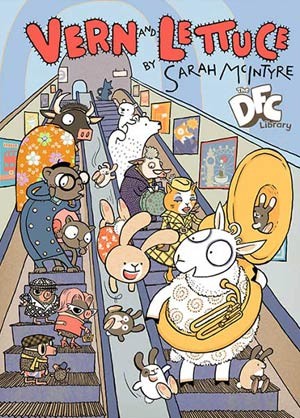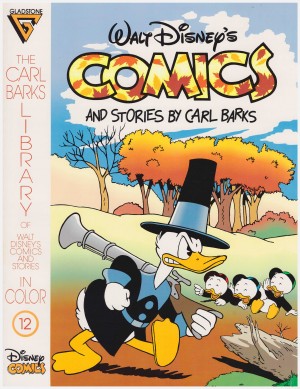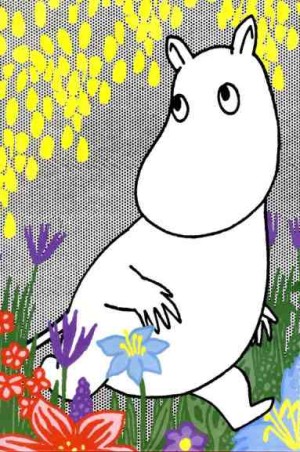Review by Frank Plowright
Little Lulu’s progress to her own comic had been a lengthy process. Never a company to rush anything, Dell tested the waters with no less than ten issues of Little Lulu as part of their Four Color series between 1945 and 1948, but finally deemed her commercial potential strong enough to risk her own title. In the Doghouse reprints her final Four Color issue and 1-5 of her own series.
The book begins by introducing a classic theme to Little Lulu: Tubby the detective. He’s not yet calling himself the Spider, and his disguise is merely a fake moustache rather than the elaborate and ridiculous costumes he’d later employ, but one feature is in place. Stanley elegantly constructed these stories so that the person responsible for the missing or broken item was always Lulu’s father Mr Moppet, revealed by Tubby due to some ridiculous coincidence or confessing when confronted after a series of mishaps. These stories are compact comical gems.
In these early days of the feature Stanley would also experiment with stories entirely lacking dialogue. These would later be phased out, not because they’re poor, but because Stanley had created such a rich supporting cast. In this sample Lulu tries smoking, behaviour she’s never have indulged in later in the series, and Stanley comically portrays her resulting hallucinations.
Two new long-lasting characters are introduced in this volume, Tubby’s friend and fellow gang member Willy Wilkins, and Gloria Darling. Willy never really develops beyond one of the gang, but the blonde-haired Gloria is a mistress of manipulation playing the lovesick Tubby for a fool, then dropping him the minute there’s a better alternative. He never learns his lesson and she rarely suffers for her self-centred fickleness, but Lulu’s sharp enough to be there and pick up the pieces.
Other notable elements include the first sighting of ‘No Girls Allowed‘ on the boys’ clubhouse, although this would be sporadic for a while, Stanley stretching his imagination beyond adapting fairy tales in the yarns Lulu spins to keep Alvin quiet, and an element of the supernatural. Once Witch Hazel was introduced, the supernatural elements would be confined to her stories, but here Lulu both chats with a ghost and discovers a flying rocking horse in a haunted house.
Created in the late 1940s, and still thoroughly entertaining, Stanley is approaching a peak from which the series only descended with his departure, and his layouts are magnificently transformed by Irving Tripp into the final art.
